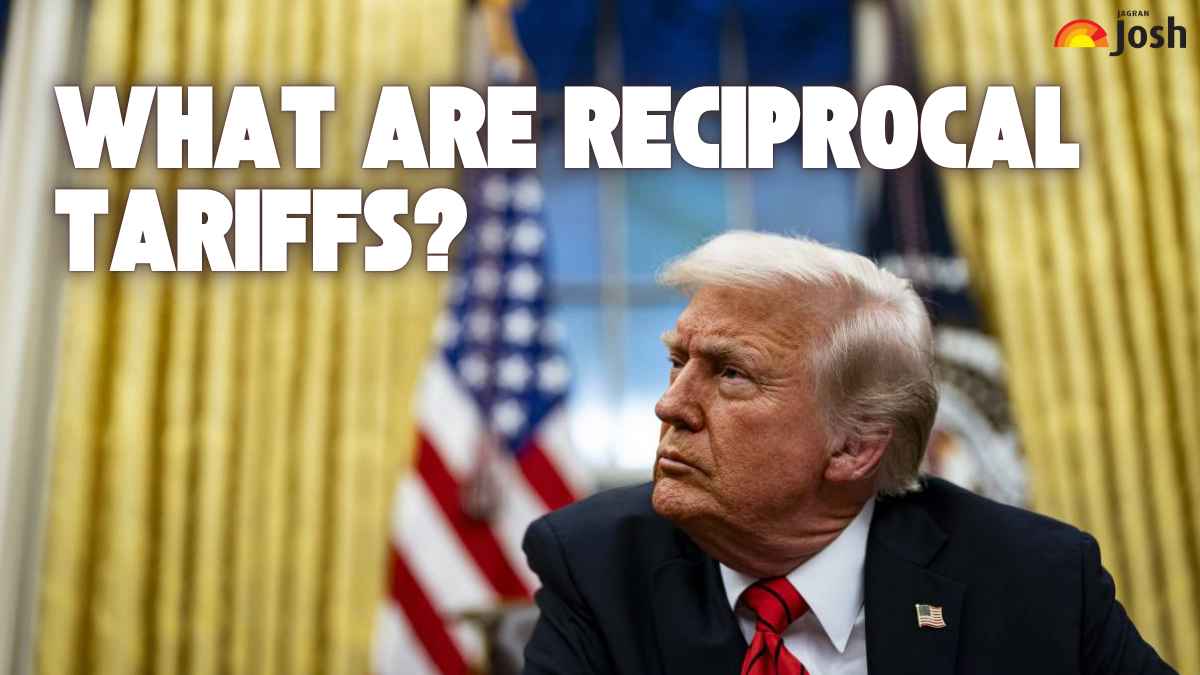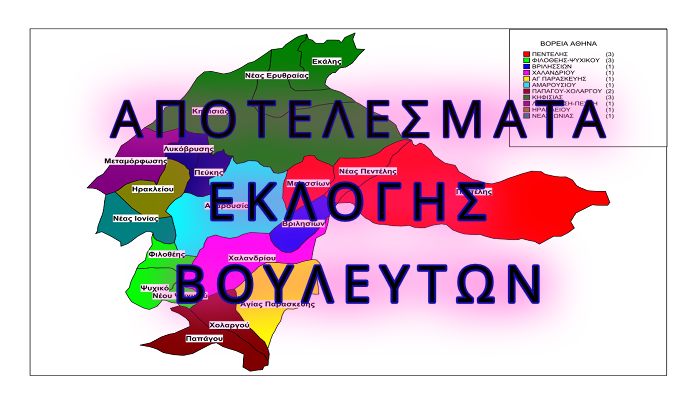Reciprocal Tariffs And India: A Sector-Specific Risk Assessment

Table of Contents
Impact on the Agricultural Sector
Reciprocal tariffs pose a substantial threat to India's agricultural exports, a sector crucial for food security and rural livelihoods. The impact of tariff barriers extends beyond reduced export volumes and revenue; it affects farmer incomes and the overall stability of the agricultural sector.
- Analysis of impact on key agricultural exports: Products like rice, wheat, and spices, significant contributors to India's export earnings, face reduced market access due to increased tariffs in importing countries. This leads to lower demand and decreased prices for Indian farmers.
- Potential reduction in export volumes and revenue: The imposition of tariffs can significantly shrink export volumes, impacting not only export revenue but also the profitability of agricultural businesses and related industries like processing and packaging.
- Effect on farmer incomes and food security: Reduced export demand can lead to surplus production, depressing domestic prices and harming the income of farmers. This can, in turn, affect food security, especially for vulnerable populations.
- Diversification strategies: India needs to diversify its export markets, focusing on regions less affected by protectionist measures. This requires identifying new potential buyers and adapting products to meet their specific requirements.
- Specific challenges:
- Increased competition from subsidized producers in other countries.
- Reduced market access for certain products due to stringent sanitary and phytosanitary regulations.
- Difficulties in navigating complex trade agreements and regulations in new markets.
Effects on the Manufacturing Sector
India's manufacturing sector, a vital driver of economic growth and employment, is also vulnerable to the effects of reciprocal tariffs. The impact varies across different manufacturing sub-sectors, with some facing more significant challenges than others.
- Impact on key manufacturing sectors: Sectors like textiles, pharmaceuticals, and automobiles, which rely heavily on exports, are particularly susceptible to the negative consequences of reciprocal tariffs. Increased tariffs can make Indian products less competitive in global markets, leading to reduced sales and profits.
- Potential job losses and disruption to supply chains: Reduced demand for Indian-manufactured goods can lead to factory closures, job losses, and disruptions throughout the supply chain, impacting numerous related industries.
- Competitiveness of Indian manufactured goods: The imposition of tariffs reduces the price competitiveness of Indian products, particularly in markets where there are already established competitors with lower production costs or preferential trade access.
- Government support measures: The Indian government could implement measures to mitigate the impact, such as providing subsidies to manufacturers, offering tax breaks, or investing in infrastructure to improve efficiency and competitiveness.
- Specific challenges within sub-sectors:
- Increased input costs for manufacturers due to higher tariffs on imported raw materials and components.
- Reduced demand for certain products due to increased prices in global markets.
- Difficulties in adapting to changing trade regulations and navigating international trade disputes.
Consequences for the Services Sector
While primarily focused on goods, reciprocal tariffs can indirectly impact India's burgeoning services sector. Retaliatory measures or reduced global demand can affect various service exports.
- Potential impact on IT and BPO sectors: These sectors, significant contributors to India's export earnings, could face reduced demand from countries imposing reciprocal tariffs. This could lead to job losses and slower growth in the sector.
- Potential for retaliatory measures: Countries impacted by Indian tariffs on their goods may impose retaliatory measures on Indian services, creating new challenges for the sector.
- Effect on Indian professionals working abroad: Restrictions on the movement of skilled professionals could negatively affect the ability of Indian companies to provide services in foreign markets.
- Strategies for maintaining competitiveness: To mitigate these risks, India needs to focus on innovation, improving service quality, and diversifying its service offerings to maintain competitiveness in the global market.
- Specific risks:
- Increased competition from lower-cost providers in other countries.
- Regulatory barriers in target markets limiting access to services.
- Protectionist measures hindering the free flow of skilled professionals.
Government Policy Responses and Mitigation Strategies
The Indian government's response to reciprocal tariffs is crucial in mitigating their negative impact. A proactive approach involving a combination of policies and strategies is necessary.
- Government response to reciprocal tariffs: The government's response needs to be swift, decisive, and tailored to the specific needs of affected sectors. This may involve negotiations to reduce tariffs, as well as domestic support measures.
- Policy measures: Subsidies, tax breaks, and other financial incentives can support affected industries and help them maintain competitiveness. Trade negotiations aimed at reducing or eliminating tariffs are also crucial.
- Effectiveness of mitigation measures: The success of these measures will depend on their design, implementation, and coordination across different government agencies. Regular monitoring and evaluation are necessary to ensure effectiveness.
- Export market diversification: Reducing reliance on vulnerable markets by exploring new export destinations and product diversification is crucial for long-term resilience.
- Government initiatives:
- Investment in infrastructure to improve connectivity and reduce logistics costs.
- Support for skill development and training to improve the competitiveness of the workforce.
- Initiatives to promote trade diversification and explore new market opportunities.
Conclusion
This sector-specific risk assessment highlights the significant challenges posed by reciprocal tariffs to India's economy. The impact is expected to vary across sectors, with agriculture, manufacturing, and services facing distinct challenges. Effective government policies and proactive mitigation strategies are crucial to minimizing the negative consequences. Understanding the nuances of reciprocal tariffs and their implications is vital for businesses and policymakers alike. Further research into sector-specific vulnerabilities and the development of robust adaptation strategies are critical to navigate the complexities of the evolving global trade landscape and mitigate the risks posed by reciprocal tariffs on India. Stay informed about the latest developments in India's trade policy to make informed business decisions and support effective policymaking.

Featured Posts
-
 Npo Directeur Frederieke Leeflang Doelwit Van Protest
May 15, 2025
Npo Directeur Frederieke Leeflang Doelwit Van Protest
May 15, 2025 -
 De Zaak Leeflang Waarom Bruins Met De Npo Toezichthouder Moet Praten
May 15, 2025
De Zaak Leeflang Waarom Bruins Met De Npo Toezichthouder Moet Praten
May 15, 2025 -
 Kaysima Parakoloythiste Tin Ekseliksi Ton Timon
May 15, 2025
Kaysima Parakoloythiste Tin Ekseliksi Ton Timon
May 15, 2025 -
 Eksoikonomiste Sta Kaysima Odigos Gia Ton Katanaloti
May 15, 2025
Eksoikonomiste Sta Kaysima Odigos Gia Ton Katanaloti
May 15, 2025 -
 Fthina Kaysima Sygkritiki Lista Pratirion
May 15, 2025
Fthina Kaysima Sygkritiki Lista Pratirion
May 15, 2025
Latest Posts
-
 Onderzoek Naar Angstcultuur Bij De Npo Onder Leiding Van Leeflang
May 15, 2025
Onderzoek Naar Angstcultuur Bij De Npo Onder Leiding Van Leeflang
May 15, 2025 -
 Leeflangs Leiding Bij De Npo Een Cultuur Van Angst Medewerkers Getuigen
May 15, 2025
Leeflangs Leiding Bij De Npo Een Cultuur Van Angst Medewerkers Getuigen
May 15, 2025 -
 Npo Medewerkers Beschrijven Angstcultuur Onder Leiding Leeflang
May 15, 2025
Npo Medewerkers Beschrijven Angstcultuur Onder Leiding Leeflang
May 15, 2025 -
 De Zaak Frederieke Leeflang Actie Tegen Npo Beleid
May 15, 2025
De Zaak Frederieke Leeflang Actie Tegen Npo Beleid
May 15, 2025 -
 Aanpak Van Grensoverschrijdend Gedrag De Npo Onder De Loep
May 15, 2025
Aanpak Van Grensoverschrijdend Gedrag De Npo Onder De Loep
May 15, 2025
